The flagship mobile silicon race has entered its next phase, one that will dictate the trajectory of Android hardware heading into 2025. Merely weeks after MediaTek wowed us with the Dimensity 9400 system on a chip (SoC), Qualcomm also pulled a surprise with the reveal of the Snapdragon 8 Elite.
But this time around, the battle is not as straightforward. Where MediaTek is working closely with Arm and adopting its latest CPU and graphics innovations, Qualcomm has firmly put its faith in custom cores. These are no ordinary cores, but a next-gen iteration of the same fundamental tech stack that powers Windows on ARM laptops.
MediaTek’s Dimensity silicon has steadily gained mainstream adoption, at least among the Chinese behemoths, owing to an impressive set of generation-over-generation improvements. In fact, the company has eclipsed Qualcomm on numerous occasions (and fronts) in the past couple of years, including the crucial field of AI.
The first wave of phones powered by Qualcomm and MediaTek’s latest top-tier silicon will soon hit the shelves. For souls eager to get a feel of how these top-of-the-line processors will perform, here’s a detailed comparison.
Qualcomm Snapdragon 8 Elite vs MediaTek Dimensity 9400: Specs
| Specs | Snapdragon 8 Elite | MediaTek Dimensity 9400 |
|---|---|---|
| Process | 3nm | 3nm |
| CPU | Qualcomm Oryon CPU 64-bit Architecture Prime core, up to 4.32 GHz Performance cores, up to 3.53 GHz | 1x Arm Cortex-X925, up to 3.63 GHz 3x Arm Cortex-X4 4x Arm Cortex-A720 MediaTek NPU 890 |
| GPU | Adreno graphics Support for Unreal Engine 5.3 running Nanite on smartphones Adreno Frame Motion Engine 2.1 Snapdragon Game Super Resolution Snapdragon Game Post-Processing Accelerator HDR gaming (10-bit color depth, Rec. 2020 color gamut) Snapdragon Shadow Denoiser API support: OpenGL ES 3.2, OpenCL 3.0 FP, Vulkan 1.3 Hardware-accelerated H.265, VP9, AV1 decoder HDR Playback Codec support for HDR10+, HDR10, HLG, and Dolby VisionSnapdragon Adaptive Game ConfigurationSupport for Unreal Engine Chaos Physics Engine | 12-core Arm Immortalis-G925 MC12 MediaTek Frame Rate Converter MediaTek Adaptive Gaming Technology 3.0 HyperEngine Super Resolution Ray-tracing support Opacity Micromaps (OMM) MediaTel Adaptive Gaming Technology 3.0 |
| Memory | Support for dual-channel LP-DDR5x memory, up to 5.3Gbps Memory Density: Up to 24GB | LPDDR5X RAM Peak memory frequency of 10.6 GbpsSupport for UFS 4 storage |
| Display | On-Device Display Support: 4K @ 60Hz QHD+ @ 240Hz | WQHD+ 180Hz Tri-port MIPI for Tri-Fold Displays |
| Camera | Qualcomm Spectra AI Triple 18-bit ISP Limitless real-time Semantic Segmentation Up to 48-megapixel triple camera at 30 fps with Zero Shutter Lag Slow-mo video capture at 1080p @ 480 fps Massive Multi-Frame Noise Reduction with AI Real-time AI skin and sky tone adjustments in 4K60 fps | MediaTek Imagiq 1090 Peak camera sensor resolution of 320MP Full-range HDR zoom + smooth video zoom with sustained target focus 100X magnification photos Generative-AI Super Zoom for high-quality photo capture 4K 60fps video capture |
| Connectivity | Qualcomm FastConnect 7900 Wi-Fi 7 (Peak Speed: 5.8Gbps) X80 5G Modem-RF System Bluetooth 6.0 Integrated Ultra Wideband (UWB) | 4nm Wi-Fi 7/Bluetooth chip Wi-Fi 7 (a/b/g/n/ac/ax/be) 5.4 with dual Bluetooth engine MediaTek Xtra Range 3.0 |
Qualcomm Snapdragon 8 Elite vs MediaTek Dimensity 9400: CPU
With the Snapdragon 8 Elite, Qualcomm is going with a 2+6 core cluster format, with the first two being prime cores while the other six are performance cores. Notably, there are no efficiency cores on the latest Qualcomm flagship silicon, while each cluster brings an impressive 12MB L2 cache.

At the helm are a couple of Oryon cores commanding a peak frequency of 4.32GHz. These Oryon cores are special for multiple reasons. The Snapdragon 8 Elite is the first Qualcomm silicon to use the second-gen Oryon cores, which succeed the Kryos cores.
These first-gen Oryon cores are already powering the Snapdragon X Elite and X Plus chips inside the Windows on Arm machines, with a focus on local AI processing. It’s remarkable that Qualcomm is using a new-generation CPU core design on a mobile platform ahead of computing machines.
Now, it’s a rare occurrence that a chipmaker claims to topple Apple, especially the company’s mobile silicon fitted inside iPhones. But with the Snapdragon 8 Elite, Qualcomm is claiming to upend Apple’s A18 Pro that comes fitted inside the iPhone 16 Pro models. It’s also quite interesting to see that despite ditching efficiency cores in their entirety, the latest and greatest from Qualcomm is still touting higher performance, as well as higher energy efficiency figures.

In fact, the gains across the board represent the most dramatic shift we’ve seen in years. The prime Oryon core, which promises an impressive peak frequency of 4.32 GHz, spearheads a massive 45% boost in raw CPU firepower compared to its predecessor.
Yet, at the same time, Qualcomm is claiming a jump of 44% in power efficiency. That translates into a higher battery output despite pushing the silicon. Qualcomm claims a roughly 27% power savings, which translates to around 2.5 hours worth of playing games.
MediaTek is no slouch either. The Dimensity 9400 SoC, just like its Qualcomm counterpart, is also based on the 3nm fabrication process. Similar to Qualcomm, MediaTek is also serving an all-big-core design, skipping low-power cores in their entirety.
The tri-core cluster on the Dimensity 9400 SoC is led by a prime core based on Arm’s latest Cortex-X925 design, which itself commands a 36% leap in single-core performance and is based on the new Arm v9.2 architecture. MediaTek also claims a 15% boost in instruction per clock (IPC) performance compared to the previous-gen Cortex-X platform.
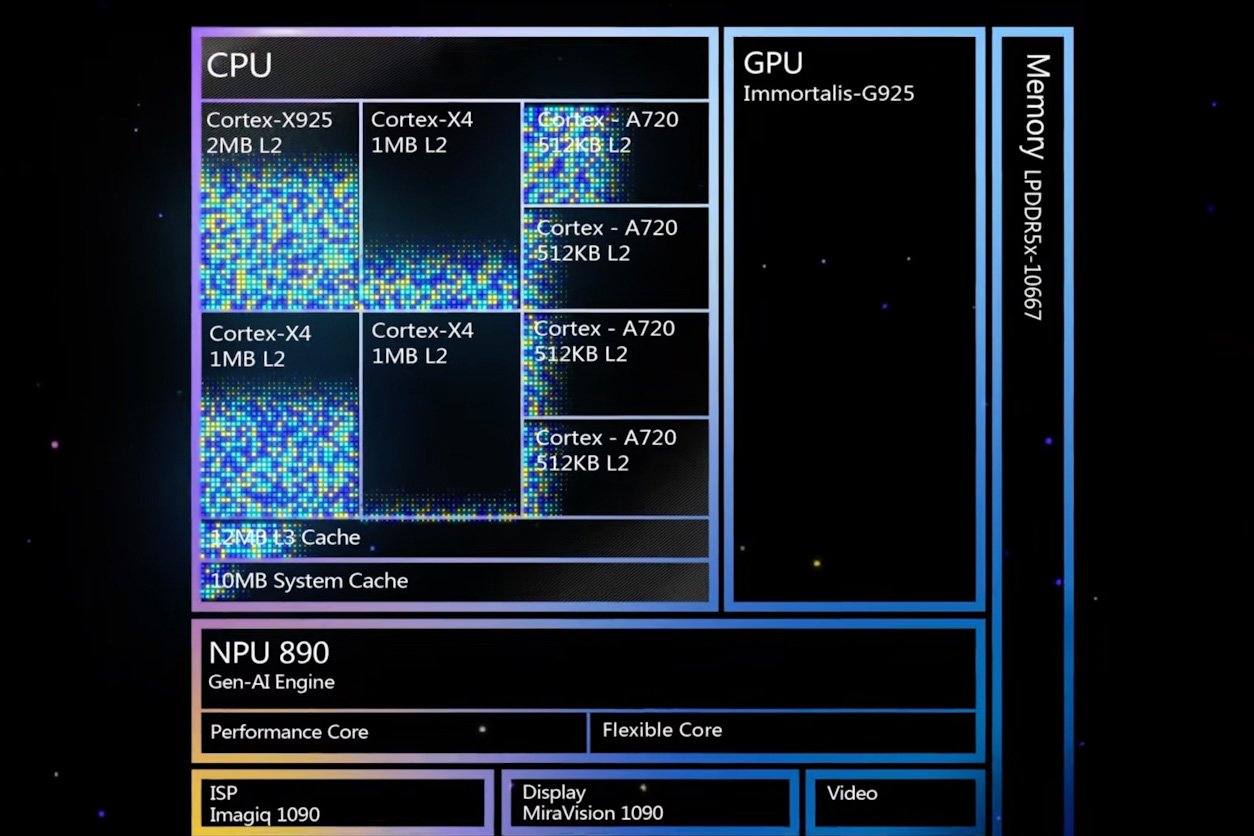
Next, we have a cluster of three Arm Cortex-X4 performance cores, sitting alongside four Arm Cortex-A720 cores. Collectively, they have helped raise the multi-core output on the Dimensity 9400 SoC by 28%.
Now, Qualcomm isn’t the only party reaping the benefits of a next-gen fabrication node. MediaTek says its new silicon delivers a jump worth 44% in energy efficiency, just 4% short of what Qualcomm has achieved on its rival mobile silicon.
Just like Qualcomm, MediaTek has also doubled the L2 cache for its new flagship, while also lifting the L3 cache weight by a 50% margin. Notably, MediaTek claims that despite the CPU being fully occupied, application cold launch speed has still gone up by a healthy 35% margin.
Now, there’s one crucial difference. Where Qualcomm is relying more on the chops of its Hexagon neural processing unit (NPU) for AI processes, MediaTek (thanks to Arm’s approach) is more heavily reliant on the CPU for a majority of AI tasks.
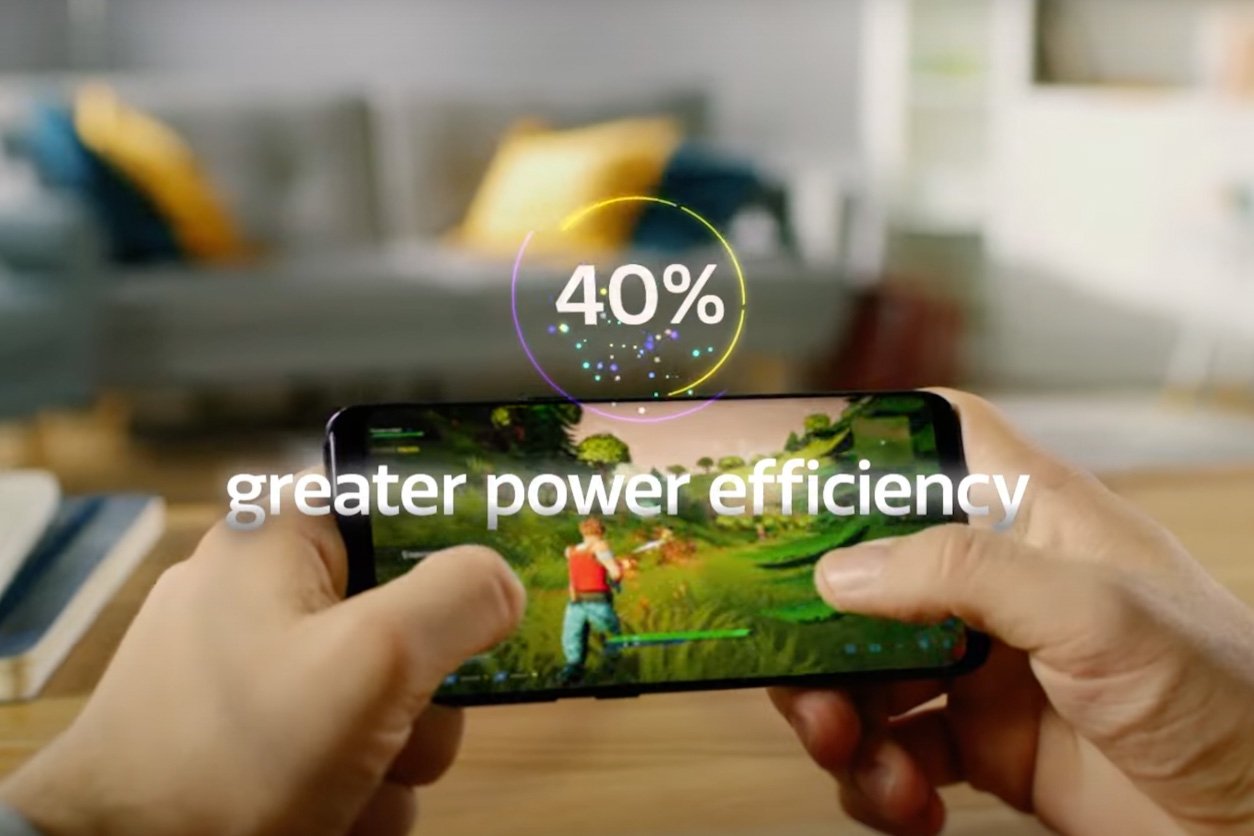
“Arm staff we spoke to want to see 80% to 90%of AI inference running on the CPU cores,” notes The Register, adding that the Armv9.2 Cortex cores natively offer AI acceleration at the CPU level owing to the instruction sets baked at their heart.
There is another benefit to this approach. Since AI acceleration is inherently offered at the fundamental level on Arm’s new Cortex cores, third-party applications can fully tap into their potential, while an NPU-first approach (like that of Qualcomm) is geared toward first-party AI task execution.
Qualcomm Snapdragon 8 Elite vs MediaTek Dimensity 9400: graphics
The biggest draw of Snapdragon 8 Elite silicon is undoubtedly the Oryon CPU cores, but there’s something special brewing up in the graphics department as well. Qualcomm notes that its premier silicon harnesses the power of its first-ever Adreno GPU with sliced architecture.
The next-gen Adreno GPU allocates a dedicated memory segment to each graphics slice, which brings improvements in raw performance, as well as energy efficiency. The numbers are not small, to put it mildly.
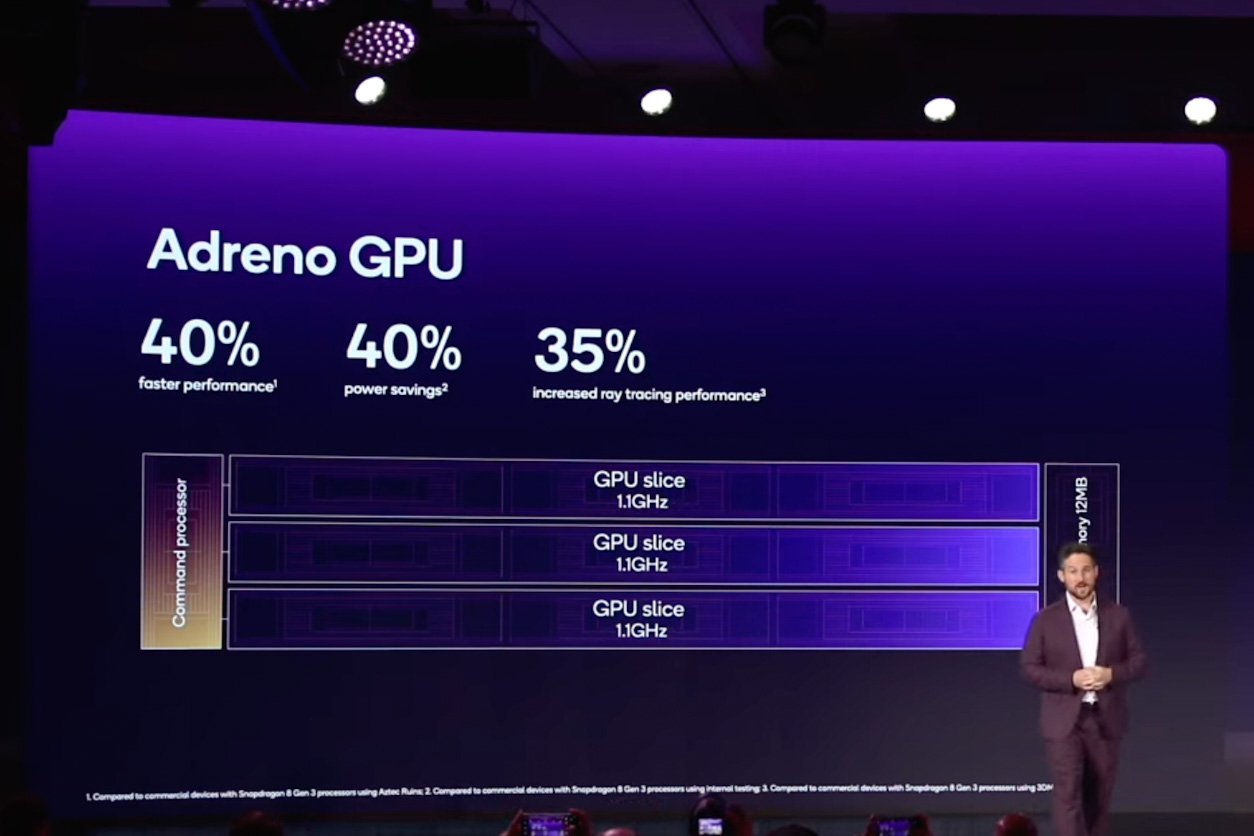
Qualcomm claims that at AAA gaming, we are looking at up to 40% higher performance and a 40% gain in energy efficiency. The Snapdragon 8 Elite also marks the first time that an Adreno graphics engine is gaining support for Unreal Engine 5.3 Nanite and Unreal’s Chaos Physics Engine.
For gaming and related scenarios, Qualcomm is also serving in-house goodies such as real-time hardware-accelerated ray tracing with global illumination, Snapdragon Game Super Resolution, Adreno Frame Motion Engine 2.1, Snapdragon Game Post Processing Accelerator, and shadow denoiser, among others.
The over\arching theme, this time around, is that Qualcomm is chasing console-tier in-game visuals, promising “film-quality 3D environments” and hyperrealistic visuals in games for scenarios like character movement, building destructions, and more.
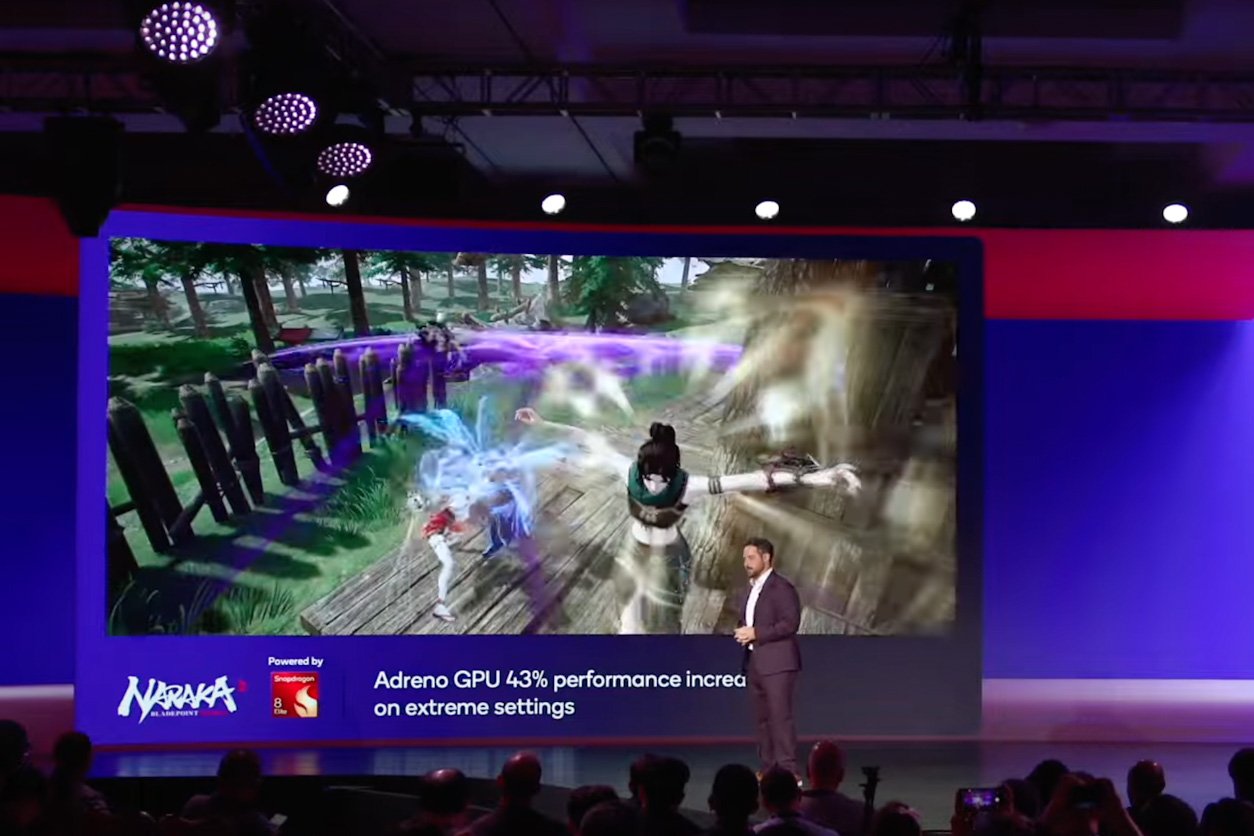
MediaTek, on the other hand, is reaping the benefits of Arm’s 12-core Immortalis-G925 GPU. Interestingly, the company is once again going toe-to-toe with the kind of gains Qualcomm has managed to achieve.
With the Dimensity 9400, MediaTek is claiming a 41% jump in raw graphics performance, while simultaneously achieving a 44% boost in power efficiency. The company, which was among the first to tout hardware-accelerated
MediaTek is also serving its own set of gaming-centric goodies. For example, the Opacity Micromaps (OMM) system essentially does visual upscaling in games, resulting in dramatically sharper details such as foliage and realism in mirrored surfaces. You can check out a brief demonstration below.
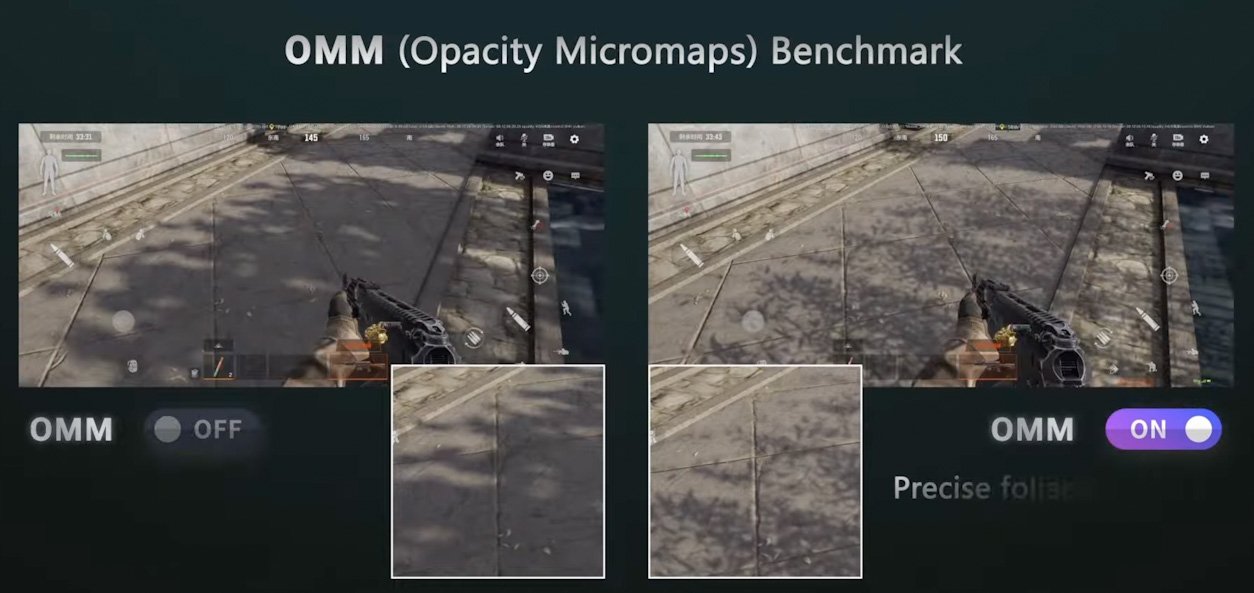
Then we have a handful of self-descriptive in-house systems such as MediaTek Frame Rate Converter, HyperEngine Super Resolution, and MediaTek Adaptive Gaming Technology 3.0 — all of which collectively promise a sustained high frames-per-second (fps) gaming experience with improved energy uptake and thermal management.
Qualcomm Snapdragon 8 Elite vs MediaTek Dimensity 9400: camera
Let’s move the comparison to camera capabilities. With the Snapdragon 8 Elite, Qualcomm is shifting to a triple 18-bit AI ISP. One of the biggest advantages of this image-processing engine is limitless layers of semantic segmentation for media capture. So far, Qualcomm silicon has only been able to perform 12 layers of segmentation.
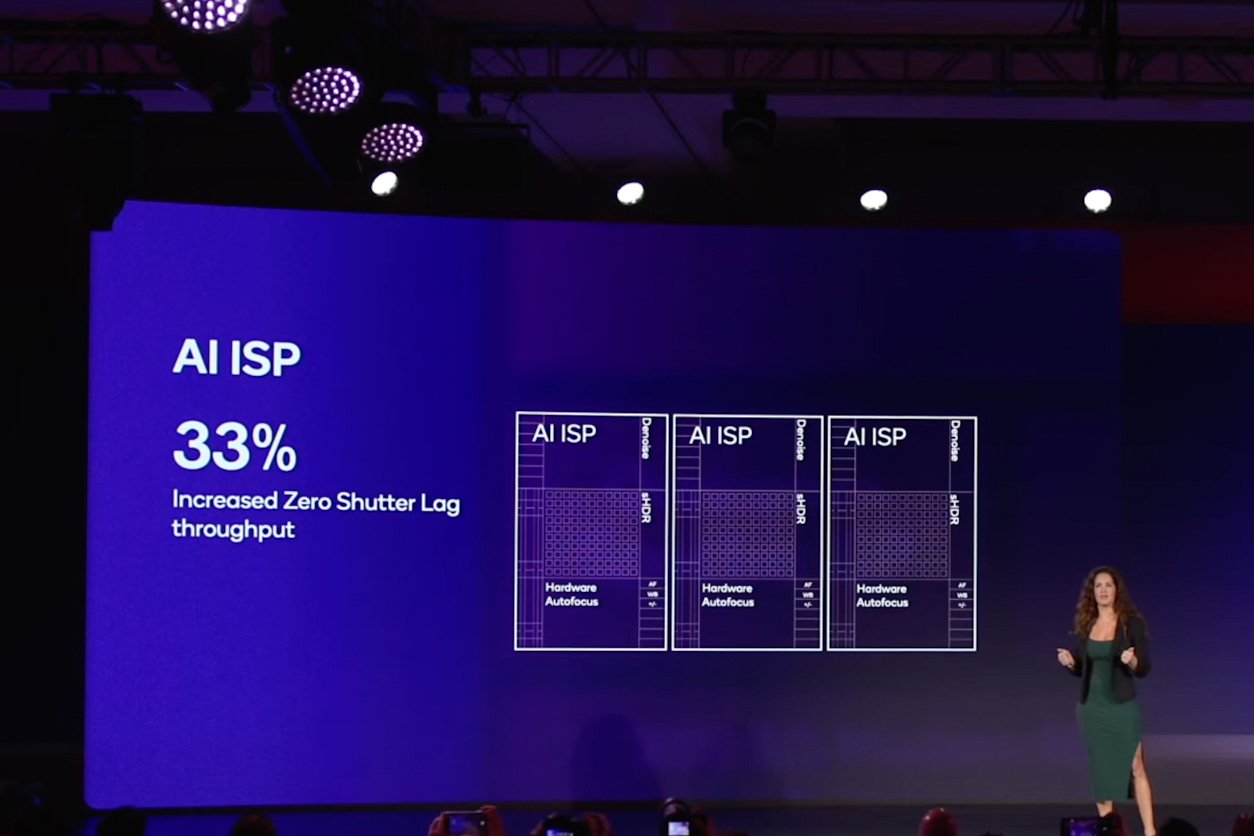
The end result is a deeper understanding of objects in the frame, which opens the doors to improved algorithmic processing to achieve more accurate and detailed images. Other capabilities include ultra-lowlight video capture and 1080p slo-mo video capture at 480 fps frame rate.
For single-lens image capture, the ISP supports 320MP image sensors and triple 48MP capture with Zero Shutter Lag (ZSL) enabled. For

Samsung is also leveraging the smarts of Qualcomm’s updated ISP with a system called Chrome QPD for its ISOCELL camera sensors. Qualcomm claims that the whole implementation improves the “perceived” resolution by a margin of 20%, while simultaneously boosting the autofocus accuracy by a staggering 122% margin.
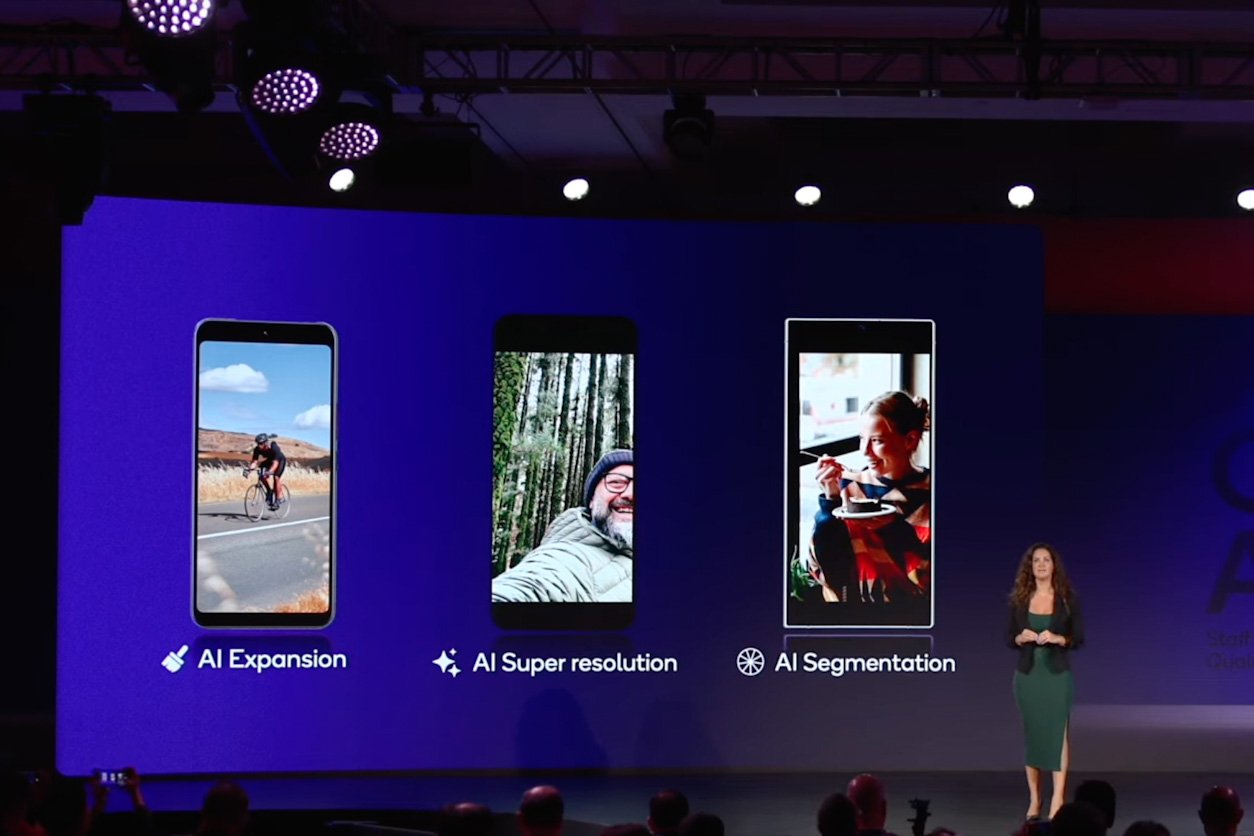
The Imagiq 1090 ISP aboard the Dimensity is also impressive. This one also matches the single-lens 320MP capture of its rival. MediaTek claims that the Dimensity 9400 will also enable full-range
Another notable capability is generative AI super zoom, which entails the usage of AI to enhance the quality of long-range shots using intelligent pixel prediction and fill. The new Gen-AI Super Zoom tech will be able to weave its magic in photos at up to 100x magnification level.
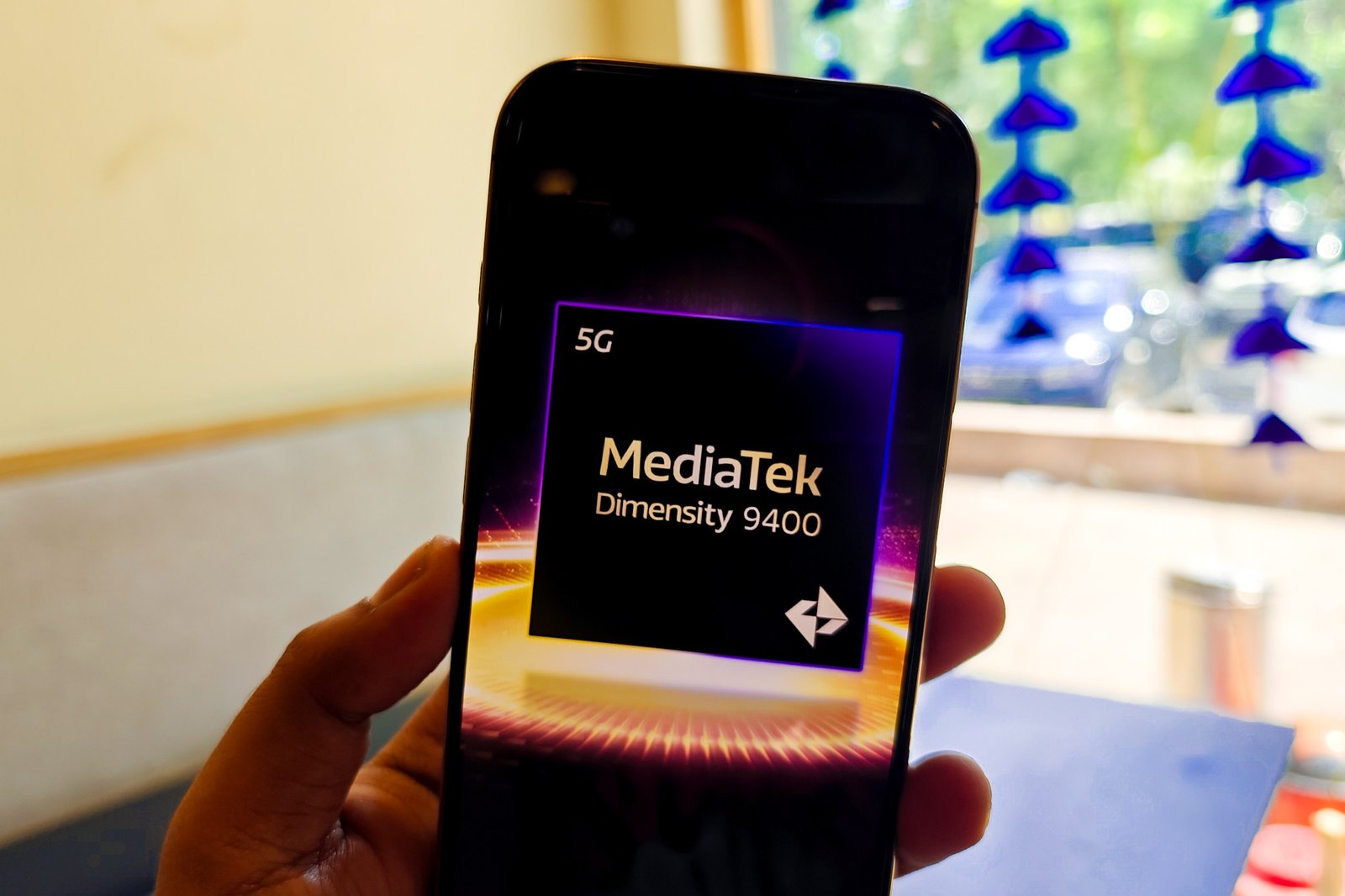
If you are capturing videos using the telephoto camera, the next-gen ISP also ensures that
Notably, the company adds that while capturing
MediaTek also relies on AI for segmentation, similar to Qualcomm, but the former says it has managed to shrink the power draw by up to 60% for the new Imagiq ISP.
Qualcomm Snapdragon 8 Elite vs MediaTek Dimensity 9400: AI
The next major avenue for the smartphone battle is AI, or more specifically AI-driven experiences. Qualcomm’s multimodal AI engine was already capable of processing inputs in multiple formats, but now it can understand the world around it, seen through a phone’s camera.

Apple has already rolled out a feature called Visual Intelligence with the latest iOS 18 update that deploys openAI’s language model to make sense of what’s appearing in the camera frame and also picks up the necessary information.
The token window and context comprehension have also expanded to the extent that the onboard AI can answer user queries by parsing entire books and giving out responses based on the learning material. These capabilities are already available to users of Google’s Gemini models.
As far as figures go, Qualcomm says the latest iteration of its Hexagon NPU delivers a 45% boost in speeds, and also offers an equally large jump in raw performance per watt. The in-house Qualcomm Sensing Hub will also be able to make sense of activity context and offer actionable suggestions.
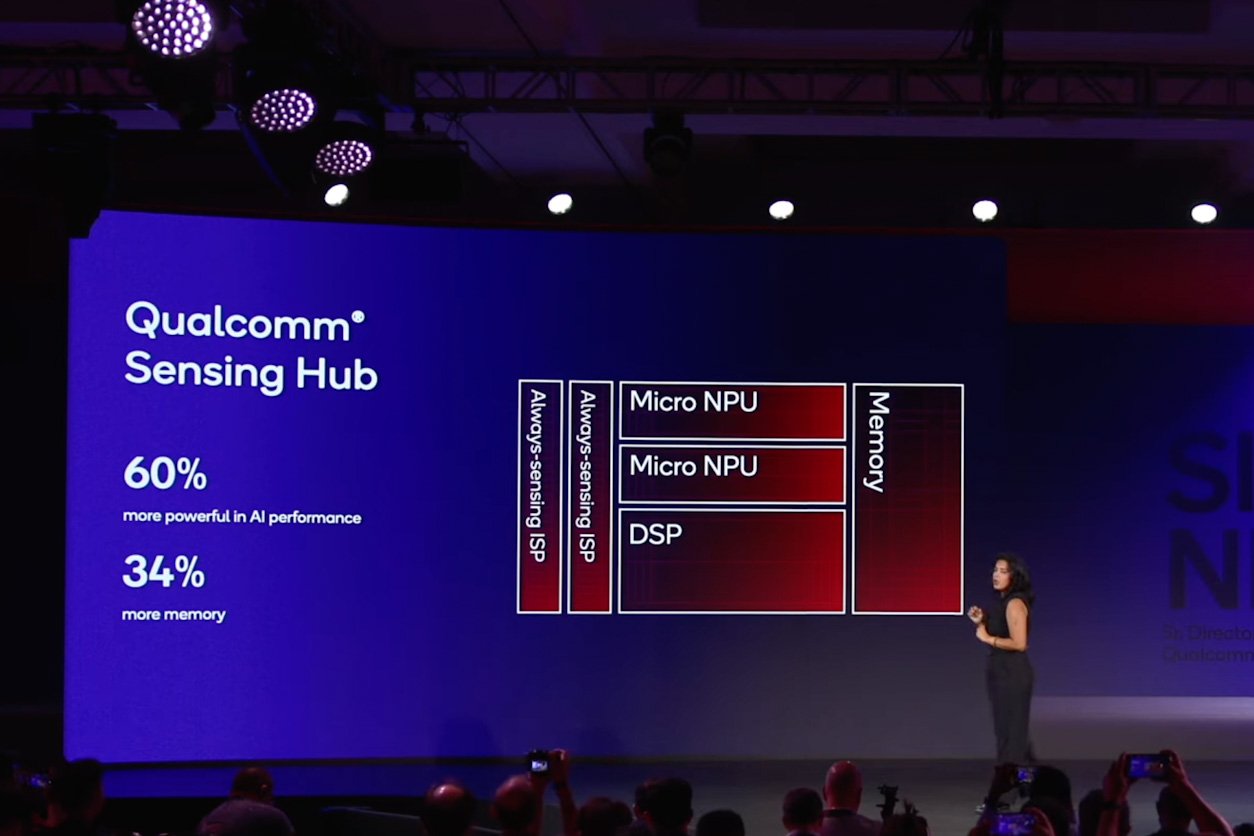
On the AI side of things, Qualcomm is also taking care of the authenticity situation. It’s no secret that social media has already been flooded with AI imagery, and in a healthy bunch of scenarios, they serve a misleading purpose instead of bolstering creative expression.
To that end, Qualcomm is extending the Truepic with C2PA (Coalition for Content Provenance and Authenticity) tech to videos and audio files as well, after originally introducing it for photos.
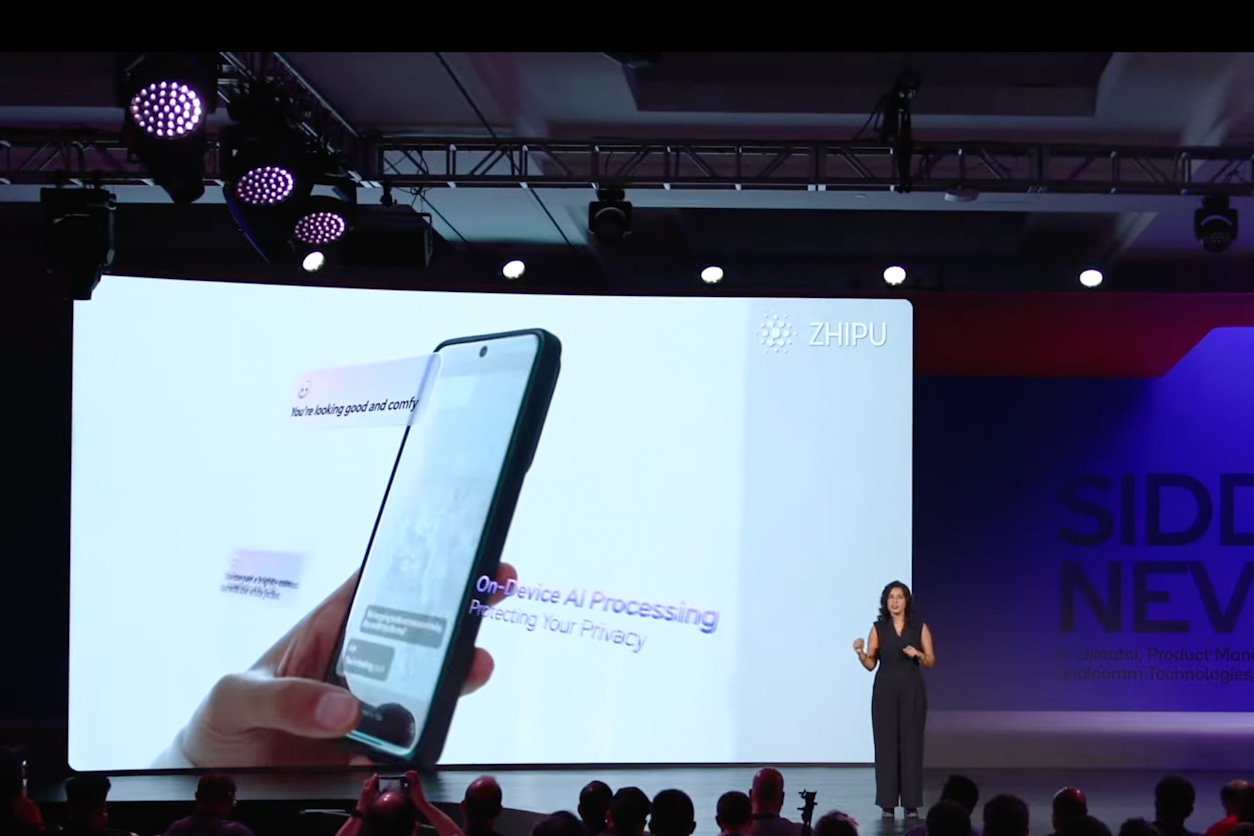
To put it simply, the authenticity tech stack essentially creates what Qualcomm calls a “cryptographic seal” for media. The idea here is to add markers in image metadata that will help verify whether AI was used to manipulate an image, adding new metadata-level details to coexist alongside information such as location, date, and time.
This AI authenticity certificate is transferable, which means if AI-generated or AI-modified photos are shared, the background data will remain intact and will help prove its authenticity.
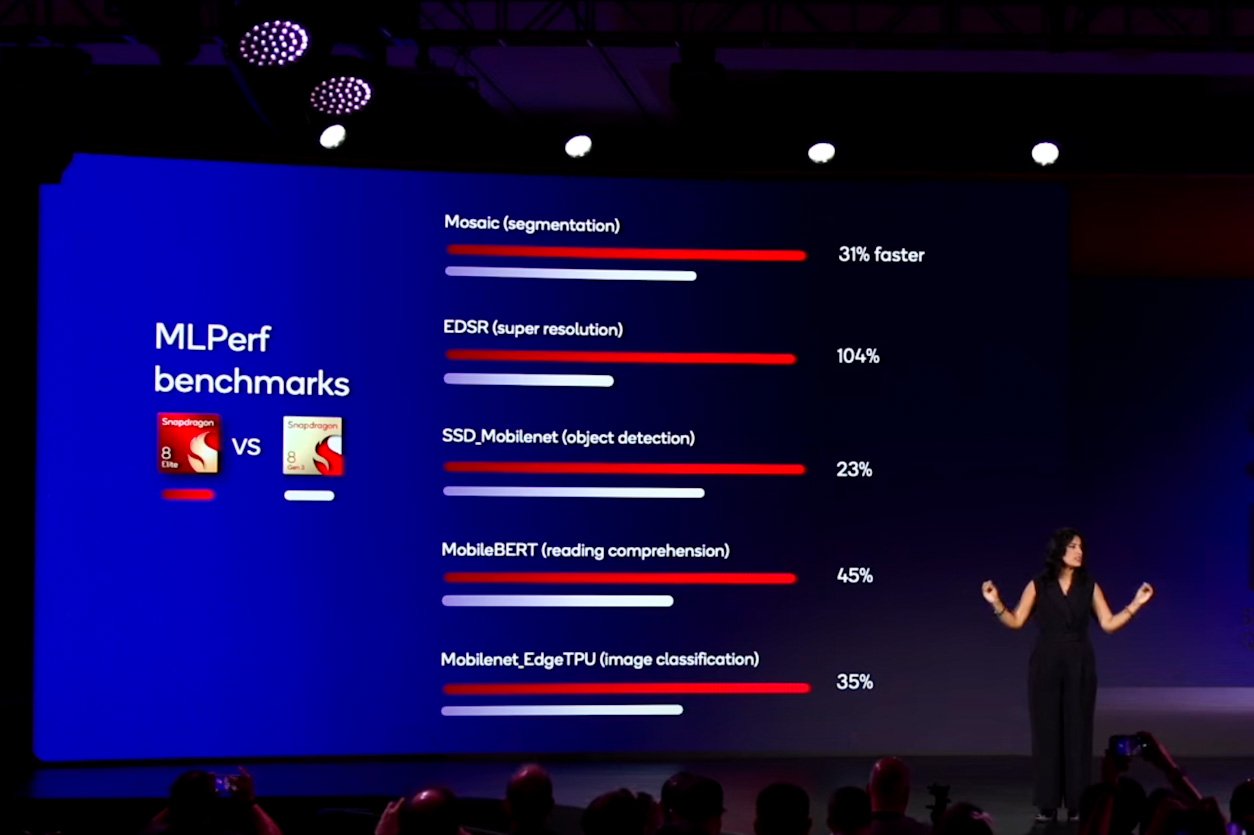
The in-house NPU aboard the MediaTek Dimensity 9400 is the company’s 8th-generation model, and it is claimed to deliver an impressive 80% performance gain in large language model (LLM) prompt performance. Tagging alongside the jump in performance is a 35% increase in the efficiency figures.
MediaTek also mentions that the updated NPU is the first chipset targeted at mobile platforms to offer on-device LoRA training. For the unaware, Low-Rank Adaptation (LoRA) is essentially a technique that allows the deployment of AI models, but in a condensed format with fewer (but selected) parameters, which ultimately reduces the model size and the stress on local resources.
MediaTek was already among the first
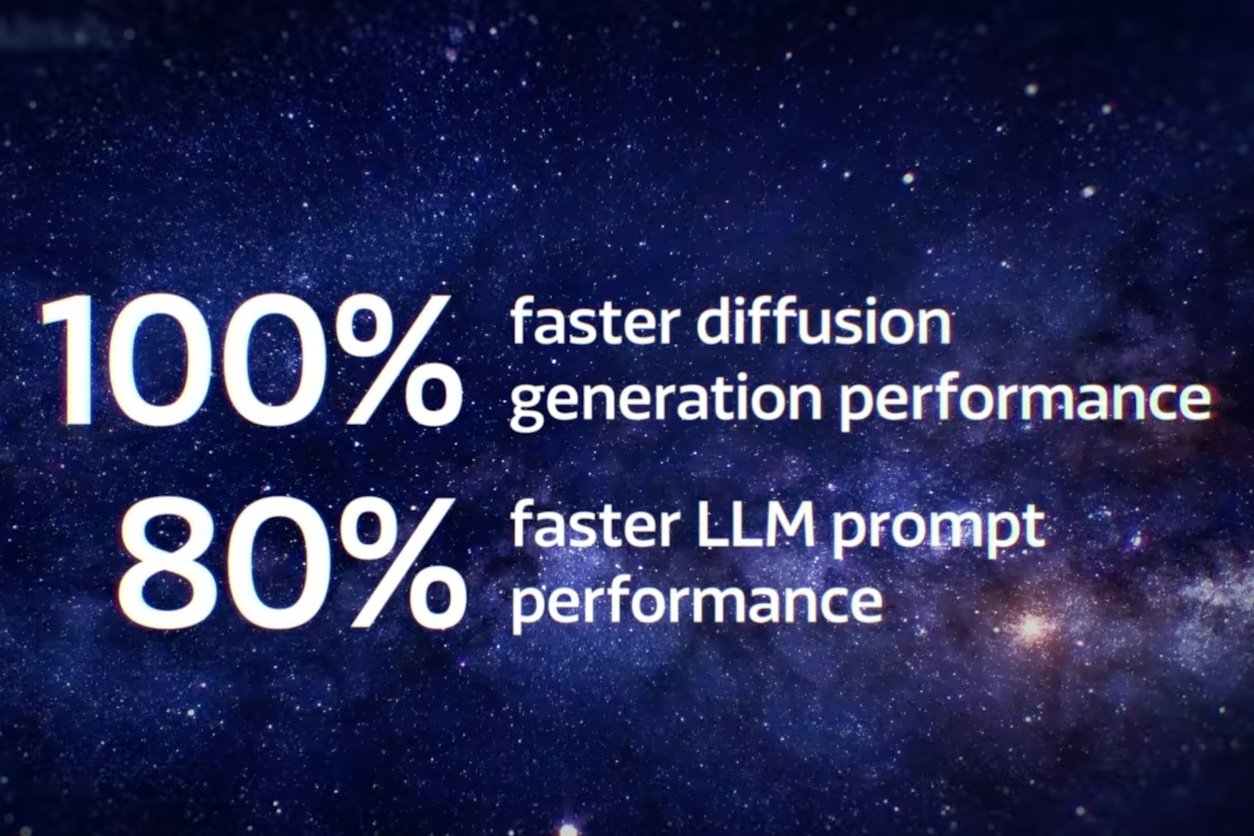
The biggest AI promise served atop the Dimensity 9400 platter is support for what MediaTek refers to as Agentic AI. At the most basic level, it’s an AI system that has a certain degree of autonomy and is capable of performing multistep tasks, instead of relying on user inputs every time to handle a task.
The company claims these agents can interpret the context of a user’s action, and based on what is inferred, it would provide suggestions and even take a direct step on behalf of

MediaTek notes that it is working with developers so that these Agentic AI tools can be integrated within third-party apps as well. The NPU also doubles the diffusion generation pace, and happens to be a world’s first in terms of offering a dedicated Agentic AI engine to developers.
Real-world tests forthcoming
It is hard to judge who is going to win the
But flashy presentations don’t always translate into real-world experience, and what matters even more is just how useful and practical the new set of advancements will prove to be for an average
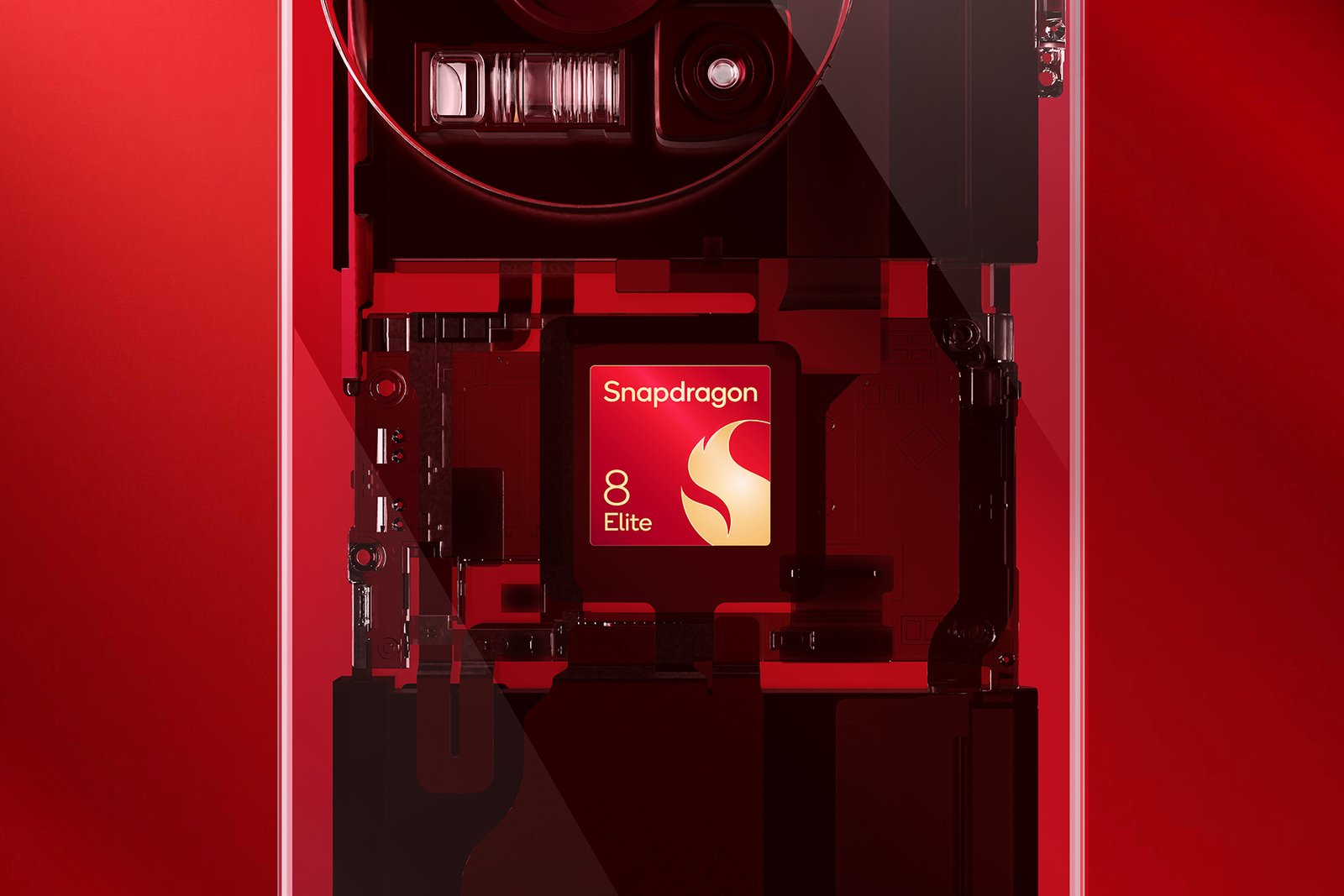
Qualcomm is reaching an altogether different level of performance across the board, be it processing firepower or camera capabilities. MediaTek isn’t too far behind in the race and even surpasses Qualcomm in a few areas, especially AI capabilities.
The first wave of phones powered by Qualcomm and MediaTek’s top-tier silicon is just about to hit the shelves. We will soon put together a comprehensive comparison of how these two fare when pitted against each other in benchmarks, as well as in real-world performance tests, so stay tuned for that.













